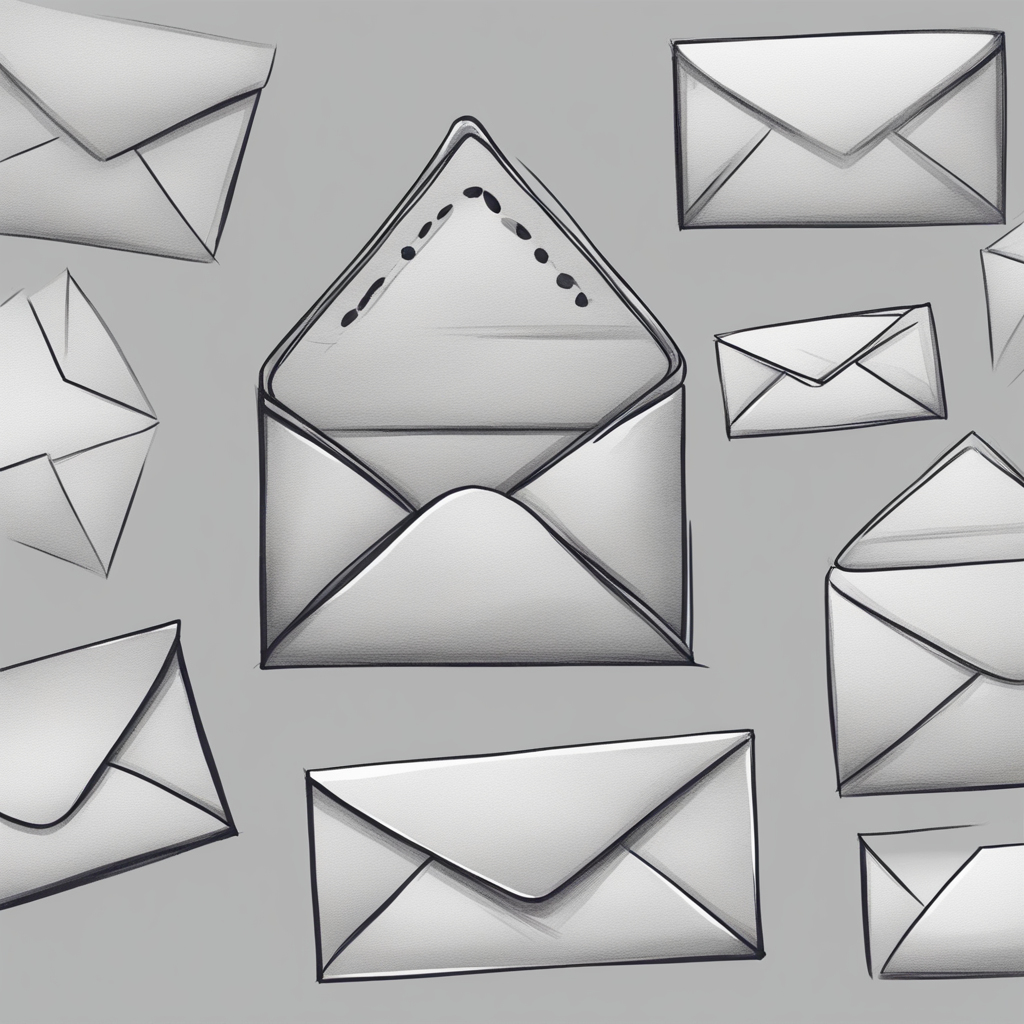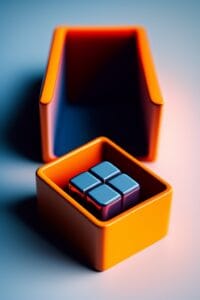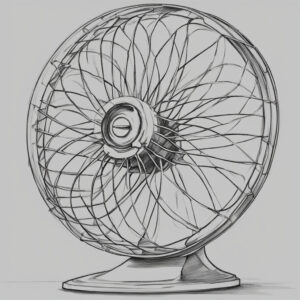Envelopes are totally crucial in our everyday lives, ya know? We use to send letters, cards, and super important documents. Creating a realistic and well-proportioned envelope can be a super cool and handy artistic skill to have, even if we don’t always think about it. Get ready to master the art of drawing a super sleek and realistic envelope with our easy-to-follow guide.
Table of Contents
What You’ll Need:
- Writing utensil
- Rubber
- Monarch
- Sheet of paper
Step by Step Envelope Guide
Step 1: Draw the Rectangular Base
Begin by sketching a horizontal rectangle on your paper. Here’s the foundation for your envelope. Make sure to use a ruler so your lines are on point and the proportions are on fleek. The dimensions of the rectangle will vary based on the desired envelope size. For a typical letter envelope, a size of approximately 9 inches by 4 inches is commonly used.
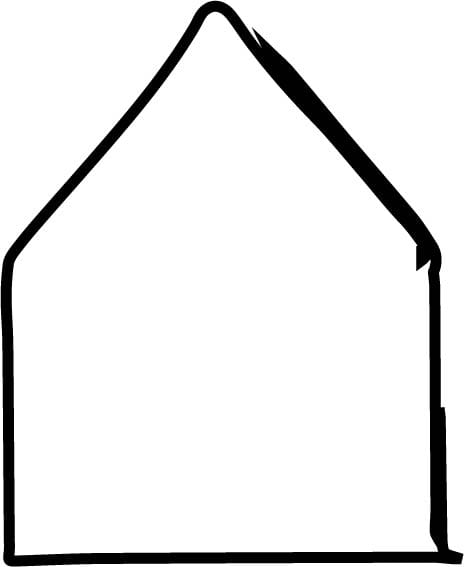
Step 2: Throw in the Flap
Alright, let’s get that flap on the envelope. Draw a smaller rectangle on the shorter side of the rectangle. This is the part that gets tucked into the envelope when it’s sealed. Make sure the flap lines up with the top edge of the envelope.
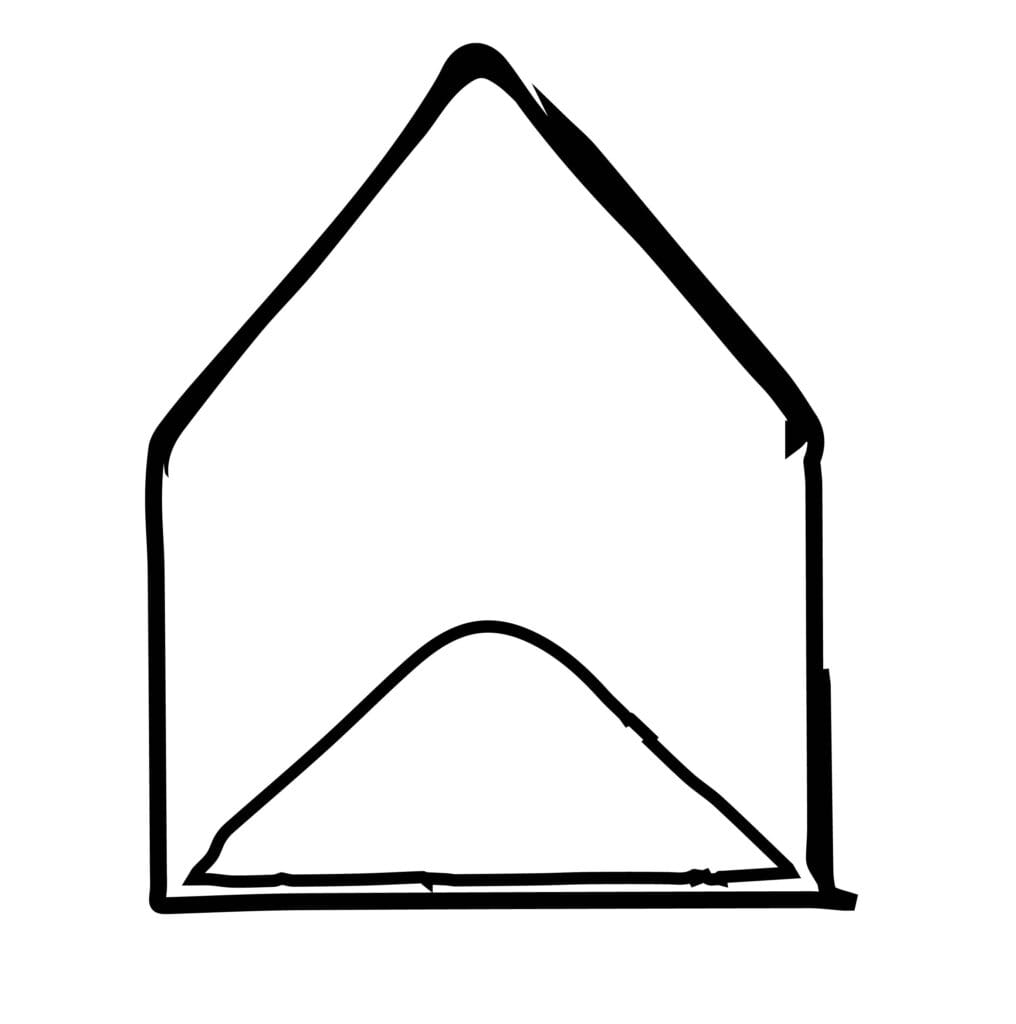
Step three: Give the flap a nice rounded shape.
Envelopes usually come with rounded flaps, so let’s give the top corners of the flap a nice little curve. To achieve this, simply draw two tiny, curved triangles on either side of the flap to give it a cool, trendy look.
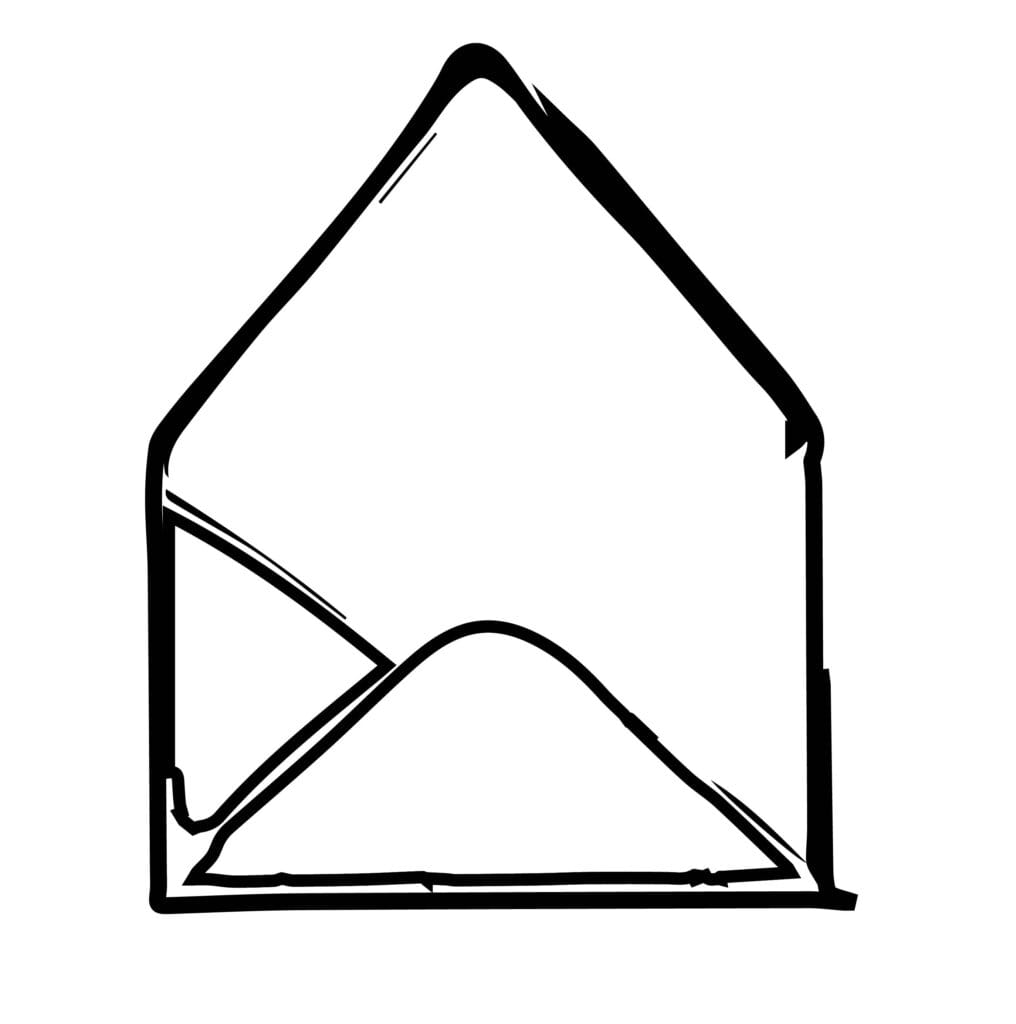
Step four involves drawing the fold lines.
Envelopes are created by folding a single sheet of paper. To show this, just draw two diagonal lines from the top corners of the rectangle to the bottom corners. These lines show where the paper is folded to make the envelope shape. Make sure the lines are totally balanced.
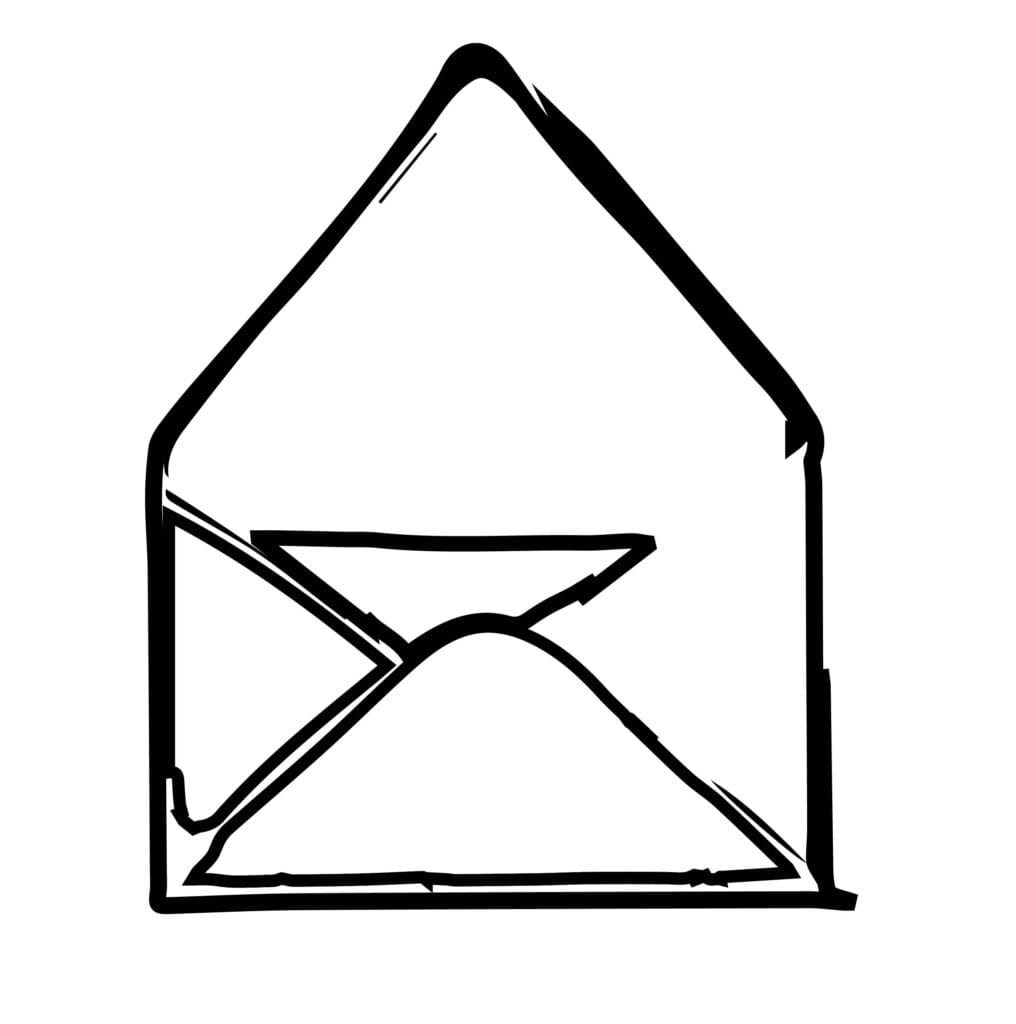
Step 5: Time to seal the deal!
Create a lil’ rectangle or a triangle on the bottom of the flap. This is the part of the envelope that keeps the flap secure when it’s sealed. The shape can change depending on the kind of envelope you want to sketch.
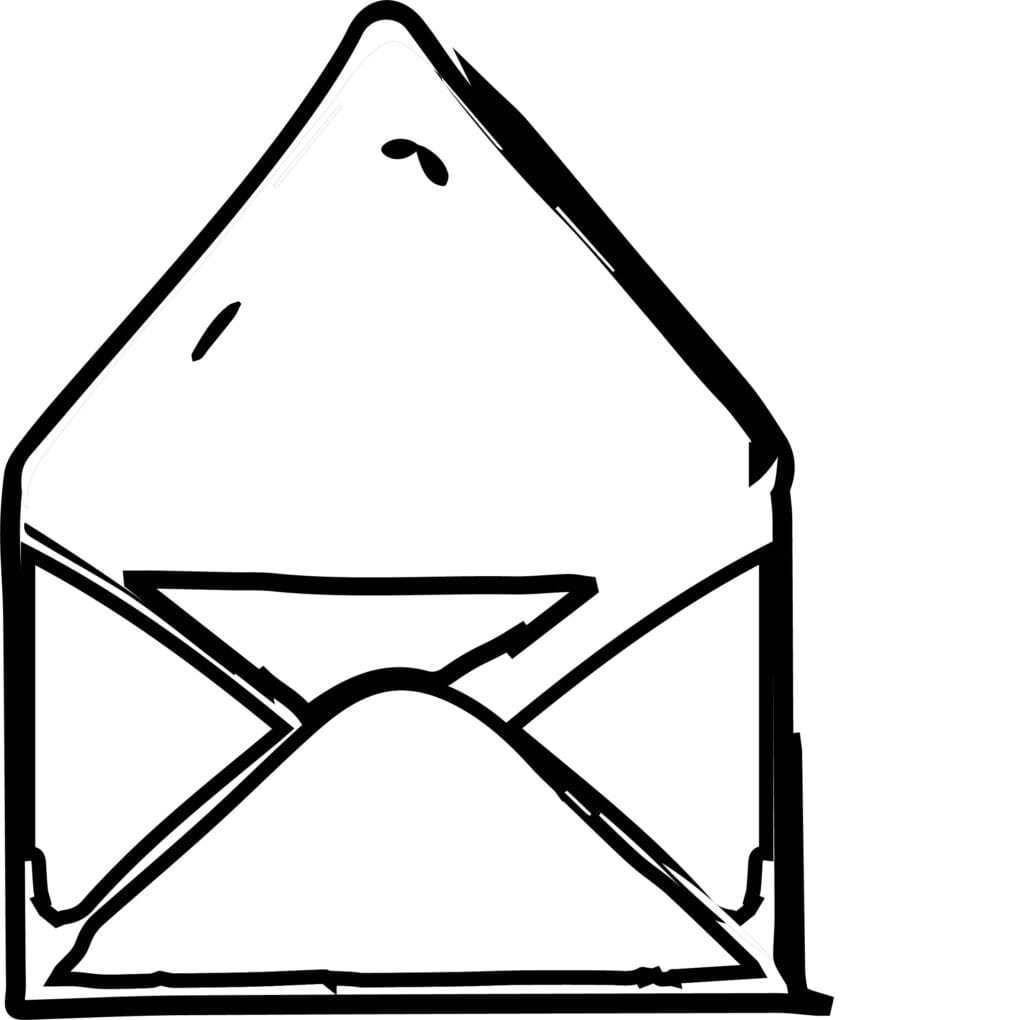
Step 6: Polish and Delete
Once you’ve got the basic envelope shape down, take a closer look at your lines and give them a little touch-up. Make sure they’re looking sharp and perfectly balanced. Get rid of any extra lines and marks to give your envelope a clean and polished look.
Step 7: Spice it up with some extra flair if you feel like it!
You can level up your envelope game by throwing in some extra deets. You could have, like, a spot for the return address and the recipient’s address on the front of the envelope, ya know? If you’re into it, you can slap a postage stamp in the upper right corner too.
Step 8: Wrap Up Your Drawing
Once you’re happy with your envelope drawing, give your lines a bolder touch with a darker pencil or pen to make them pop. Feel free to add some flair to the envelope by shading or coloring it to give it a stylish touch.
FAQs
Why is learning to design an envelope beneficial?
Mastering the art of envelope drawing can be both entertaining and practical. It is an excellent method to hone your artistic precision and attention to detail. In addition, personalized envelopes can be designed for special occasions or for a variety of other purposes.
What materials are required to construct an envelope drawing?
Paper, a pencil, an eraser, and a ruler are required. These rudimentary implements are adequate for producing a hand-drawn envelope.
What is the recommended size for the rectangular base of the envelope?
Depending on the sort of envelope you intend to style, the rectangle’s dimensions will vary. A standard letter envelope should have a dimensions of approximately 4 by 9 inches; however, this can be altered to suit your tastes.
What is the process for incorporating a rounded cover into an envelope?
Draw two tiny, rounded triangles on each side of the flap to create a gentle curve at the upper corners of the flap, following the rectangle flap design. As a result, the membrane acquires a rounded form.
Why are pleat lines a crucial component of envelope illustration?
Fold lines indicate the locations on the A5 sheet of paper where the envelope is folded. Envelopes are essential for achieving a realistic appearance because they are constructed by folding a solitary sheet of paper.
Can I add additional information to my envelope drawing?
Certainly! One can enhance the realism of an envelope by including frontal details such as a return address field and a recipient’s address field. For added aesthetic value, a postage stamp may be positioned in the upper right corner.
Should the lines be revised using a darker pen or pencil?
It is not required to trace the lines with a darker pen or pencil. It is optional, but it helps your drawing stand out and appear more refined. It is contingent on your individual preferences.
How can I develop and hone my envelope drawing abilities through practice?
Improvement is achieved through practice. Commence by crafting basic envelopes and progressively explore an assortment of styles and designs. Additionally, you can experiment with different coloring techniques to improve your drawing.
May I utilize envelopes of various sizes and configurations, or are rectangular envelopes mandatory?
There are a variety of envelope shapes and sizes. Although rectangular envelopes are frequently used, you can add individuality to your drawings by experimenting with other shapes, such as square, triangular, or custom shapes.
Can a digital rendition of an envelope be generated utilizing design software?
Undoubtedly! It is possible to generate digital representations of envelopes using design software. Additionally, the procedures outlined in this manual can be utilized as a basis for developing digital envelope designs.
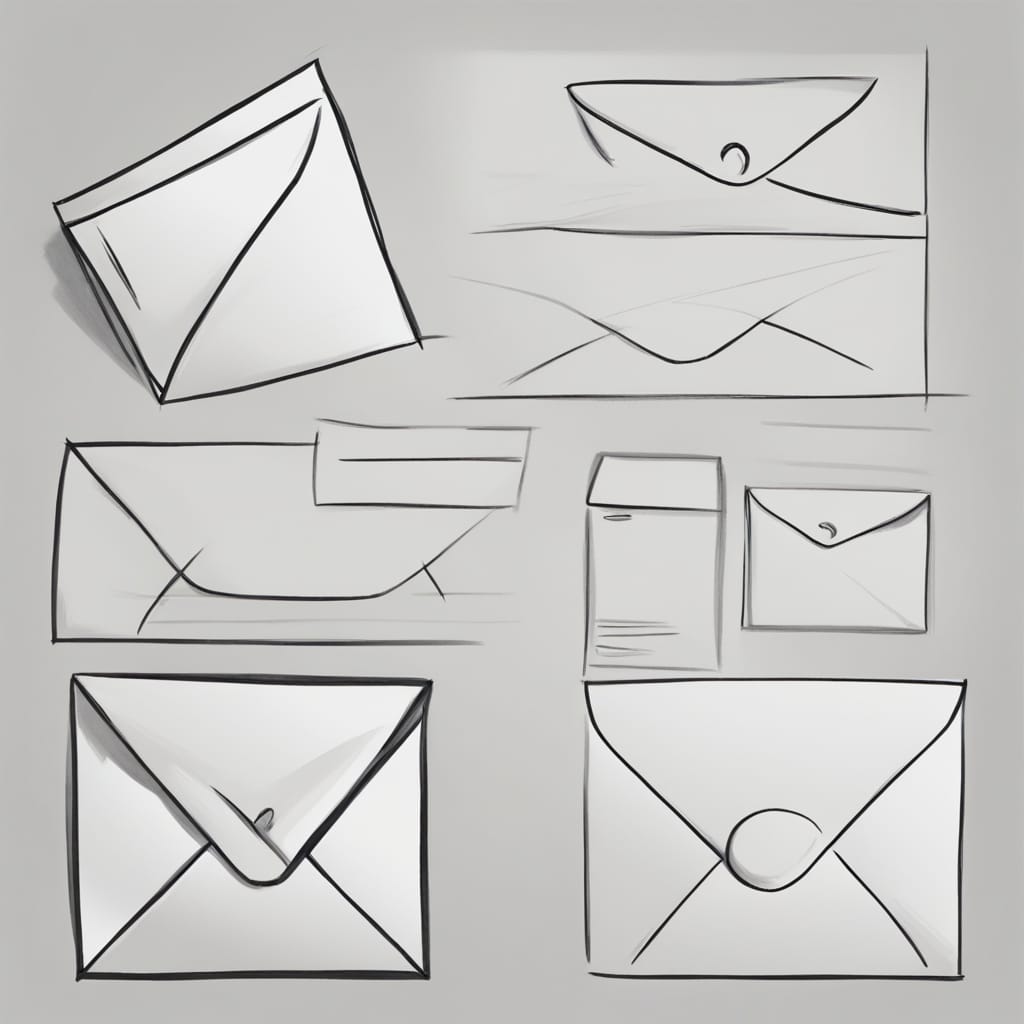
In conclusion:
Creating an envelope might appear straightforward, but it’s a fantastic opportunity to hone your focus and accuracy in the world of art. If you’re all about that custom envelope life for a special occasion or just want to level up your drawing skills, this step-by-step guide has got you covered. Get ready to create an envelope that’s realistic and on point in terms of proportions. With some practice, you can totally become a pro at drawing envelopes and even create your own cool versions for different uses. Have a blast with your artwork!
Check out this super fun and simple guide to learn how to draw a stethoscope with easy steps! This guide provides simple steps, ensuring that little creators have fun improving their drawing abilities while discovering how to make this essential medical tool!

